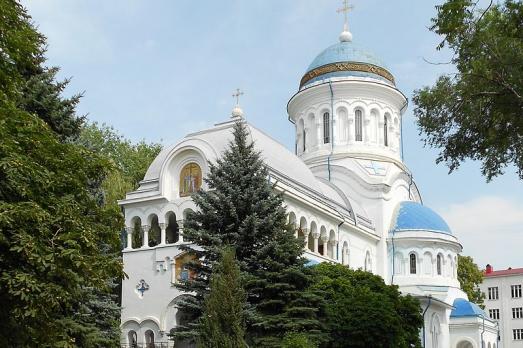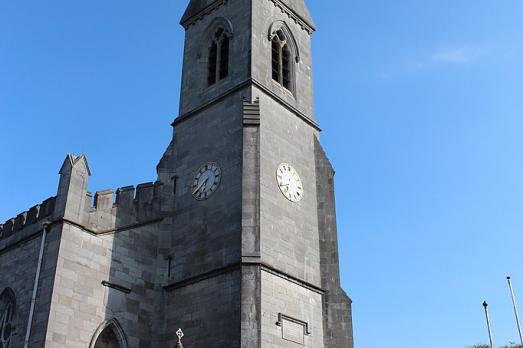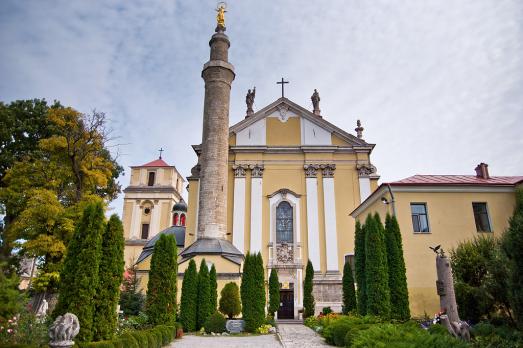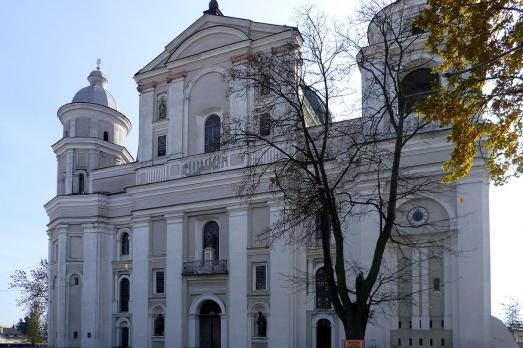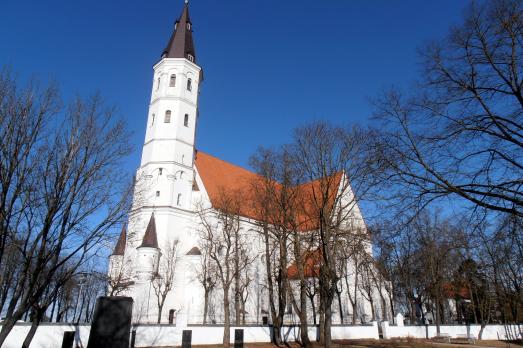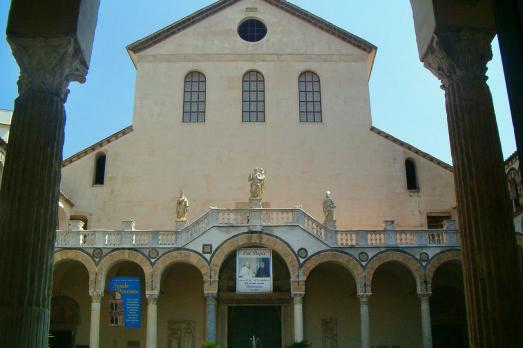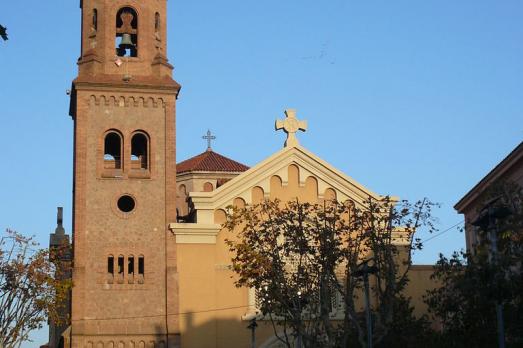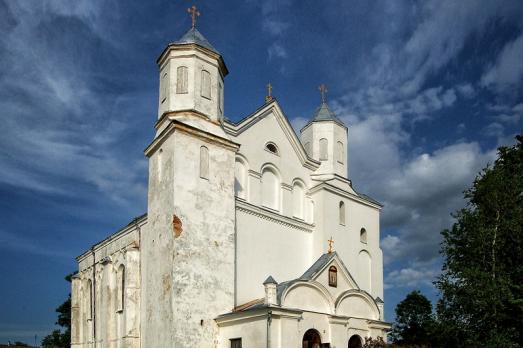
Cathedral of Saints Boris and Gleb
Navahrudak, BY
The Cathedral of Saints Boris and Gleb is a 16th-century Orthodox cathedral. The first church on the site of the present cathedral was built in the 12th century, of which only fragments of the foundations remain. The present church was founded in 1517 by Lithuanian Prince Konstanty Ostrogski and Metropolitan Joseph Soltan. In the 17th century, the church passed into the hands of the Uniates (Greek Catholics). The church returned to the Orthodox Christians after the dissolution of the Union in the annexed territories in 1839. The church was rebuilt by the Russians in the years 1873-1875 in the pseudo-Russian style. The building remained in use until 1961 when it was closed down and adapted for an archive. The Russian Orthodox Church received the church in 1996.
